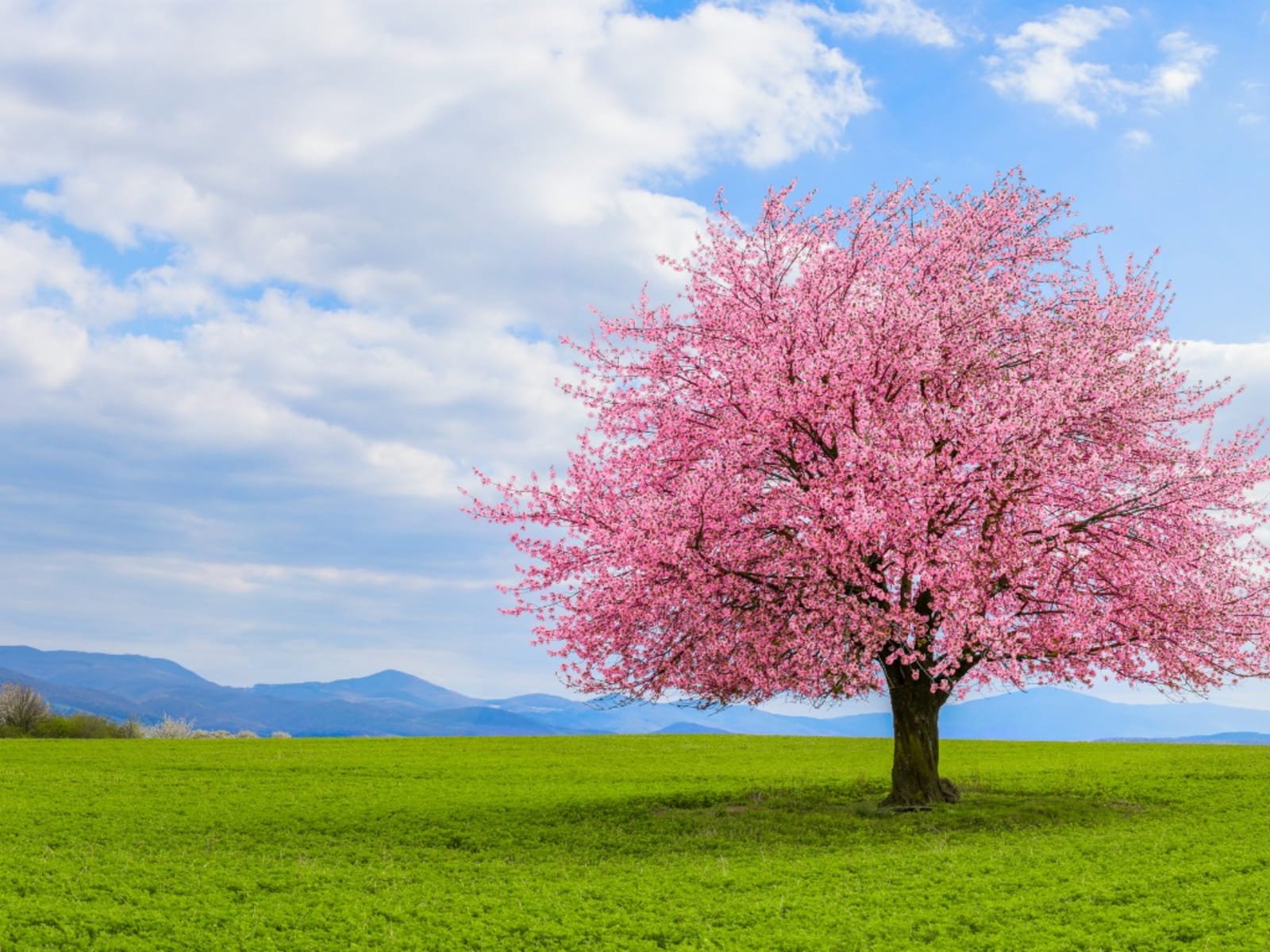Genetic and Migration Link Between Badagas and Kurumbas
1. Ethnic Classification
| Community | Category | Language Family | Traditional Lifestyle |
|---|---|---|---|
| Badaga | Agrarian tribal community | Dravidian (like Kannada) | Settled farmers |
| Kurumba | Forest hunter-gatherer tribe (classified as a Particularly Vulnerable Tribal Group - PVTG) | Dravidian (distinct language) | Forest-dwellers, ritual healers |
Both are Dravidian groups — but they are distinct ethnic communities, not sub-branches of each other.
2. Migration & Ancestral Theories
| Theory | Suggestion | Evidence |
|---|---|---|
| Separate Origin | Badagas migrated from Karnataka, Kurumbas are original Nilgiri inhabitants | Strong linguistic and historical evidence |
| Shared Ancient Dravidian Roots | Both descended from early Dravidian tribes but evolved separately | Supported by genetic studies |
| Intermixing through cultural contact | Spiritual and healing roles caused limited intermingling | Culturally true but not genetically dominant |
There is no conclusive evidence that Badagas genetically descend from Kurumbas, but there is shared ancestry thousands of years back at the broader Dravidian tribal level.
3. Genetic Findings
Multiple anthropological studies (pre-2010 & recent DNA research) indicate:
-
Kurumbas show deep genetic connection to ancient South Indian hunter-gatherers.
-
Badagas show genetic traits common with Karnataka agrarian castes (like Vokkaligas) but also contain markers suggesting some ancient tribal admixture—likely with local Nilgiri tribes, including possible Kurumba influence.
Conclusion from science:
Badagas are not originally Kurumba, but there may have been limited intermarriage or assimilation in ancient times, before strong clan rules formed.
4. Cultural Evidence of Interaction
-
Kurumba rituals and healing practices are embedded in Badaga belief system.
-
Kurumbas were often called to perform forest spirit rituals for Badagas → this shows spiritual dependence, not genetic similarity.
-
Badagas avoid marrying Kurumbas traditionally → this preserved their separate identities.
| Aspect | Badaga | Kurumba | Link? |
|---|---|---|---|
| Language | Dravidian (Kannada dialect) | Dravidian (unique forest language) | Ancient Dravidian root only |
| Genetics | Mixed – agrarian + limited tribal traces | Strong indigenous tribal DNA | Possible ancient admixture, not primary origin |
| Ritual Role | Agriculture, ancestor worship | Forest spirit mediation, shamanic role | Cultural interdependence, not bloodline |
| Origin | Migrated/settled | Indigenous | Separate but coexisting |
Badagas are not descendants of Kurumbas.
They have separate origins, but due to living in the same ecological region for centuries, there has been significant cultural influence and possibly minor ancient genetic mixing.
Their relationship is not based on blood, but on shared ecosystem, spiritual coexistence, mutual dependency, and historic diplomacy.
Similar Posts : Badaga Belief in Kurumba Sorcery, Maleeswari - The Mother Goddess of Hills and Forests, Who are Badagas, MettuMahadhanapuram mahalakshmi and kurumba, Badaga Perception of Kurumbas, See Also:baduga kurumba